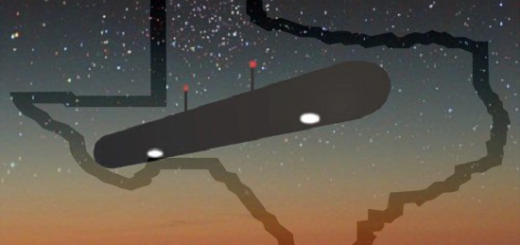How many planets are there?

WHETHER or not you believe in life beyond Earth, there are actually a minimum of 100 billion planets in our universe, according to a Nasa study.
But how many planets make up our solar system?
How many planets are there in our solar system?
There are eight planets in our solar system, which is part of the Milky Way.
Pluto was once called the ninth planet in our solar system, but the International Astronomical Union made some category changes in 2006 and Pluto became a minor, or dwarf, planet.
The main reason for this decision is that Pluto’s wild-card orbit crosses the orbit of Neptune.
The idea of a ninth planet has persisted, and astronomers are now searching for Planet X, or Planet Nine, after mathematical evidence from 2016.
Planet Nine is thought to be five thousand times the mass of Pluto and 10 times the mass of Earth, and to orbit beyond Neptune.
What is the order of planets in our solar system?
The planets in our solar system are usually ordered by their distance from the Sun, with Mercury being the closest.
Half of the eight planets are known as the terrestrial, or inner, planets – with Mercury being closest to the Sun, followed by Venus, Earth, and then Mars.
The other half are the Jovian, or Jupiter-like planets. In order of distance from the Sun, these are Jupiter, Saturn, Uranus and Neptune.
These last four are massive compared to the four inner planets, and are made of gasses like hydrogen, helium and nitrogen.
Jupiter and Saturn are often called the Gas Giants, while Uranus and Neptune are called the Ice Giants.
It is thought they probably all have solid cores.
There are many mnemonics for learning the order of the planets with one of the most popular being: My Very Educated Mother Just Served Us Noodles.
How many planets have been discovered?
There are thought to be 4,108 exoplanets identified in and beyond our solar system.
Nasa tweeted in January 2021: “We’ve discovered 4,108 exoplanets – planets beyond our solar system – so far.
“Most of these worlds orbit other stars, but not all. ‘Rogue planets’ are bound to no star as they move through space in darkness.”
Very few of these planets have been considered as potentials for supporting life forms.
For various reasons, astronomers work on the assumption that one planet exists for every star, though in reality some stars will have no orbiting planets and others many.
There are at least 400 billion stars in our own galaxy, so trillions in the entire universe.
Stars all differ from each other, as do galaxies, and indeed planets, so we can’t just multiply information about our own galaxy or solar system.
Planets may be gaseous or rocky, boiling or frozen, and may orbit close to their star or billions of miles out.



 Creators of mankind
Creators of mankind Description of “Tall white aliens”
Description of “Tall white aliens” Where they came from?
Where they came from? About hostile civilizations
About hostile civilizations The war for the Earth
The war for the Earth “Tall white aliens” about eternal life
“Tall white aliens” about eternal life Video: “Nordic aliens”
Video: “Nordic aliens” Aliens
Aliens Alien encounters
Alien encounters The aliens base
The aliens base UFO
UFO Technology UFO
Technology UFO Underground civilization
Underground civilization Ancient alien artifacts
Ancient alien artifacts Military and UFO
Military and UFO Mysteries and hypotheses
Mysteries and hypotheses Scientific facts
Scientific facts


















